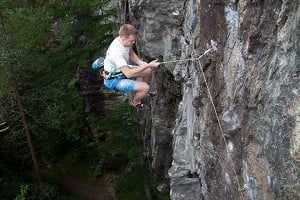
The 'twin' function is the least well-known: it's most often used in long alpine climbing, and winter climbing on fairly straight ice couloirs. You clip both ropes into every piece of protection, as opposed to just clipping one at a time. Conversely 'double' ropes aren't usually designed to be both clipped into the same piece of gear; doing so can increase the forces in the event of a fall. However twin ropes - and these triple-rated ropes - are designed and certified so that you can safely clip both.
- You can find out more about ropes in this article by Stefan Kruger and Alan James: Everything You Wanted To Know About Ropes.
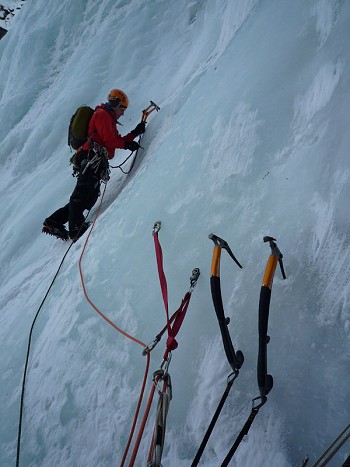
As an example of the ropes' versatility: with the grandparents looking after the kids for the day, my wife Elina and I headed into beautiful Shropshire. The morning was spent sport climbing in the sun at Llanmynech, and then in the afternoon I stood at the bottom of Red Square at Nesscliffe – ready to do battle on double ropes with a route I have wanted to do since getting my first guidebook twenty years ago. Some grunting, sweating and swearing later, I was grinning at the top, but very happy for having been able to pull up one rope on the sketchy clips while Elina watched me on the other. And all this with the same rope that had been used as a double for multi-pitch icefalls and a single for ski touring on glaciers in Arctic Norway just a few months earlier.
One world, one rope?
Well almost. For this review I have top-roped and worked sport climbs with these ropes, but clearly if you do this a lot, fatter single ropes will last better. If you are the type of climber who tries to onsight more than redpoint, or squeezes in the occasional day on bolts into an alpine holiday, the durability questions will be less of an issue. And if you want the lightest half rope available, then these will be too heavy. But for many Brits, one or more of these ropes might be the perfect solution.
Use it singly for mountaineering days; be that Amphitheatre Buttress on Craig Yr Ysfa, the Petit Aiguille Verte, or the Ledge Route on Ben Nevis. Then you also have a top quality half rope for big multipitch routes, be that some crumbly Culm Coast silliness, Scafell's impeccable rhyolite or Beinn Udlaidh ice. For shorter trad routes with big walk-ins such as some moorland grit, with just one of these ropes you have a single for straight up cracks (think Phoenix Climb) or doubled for where you need to wiggle about (Fairy Nuff). Indeed, it may be the average British weekend warrior, who does a bit of all sorts of climbing, doesn't fall off a huge amount and wants one rope that will work for the Highlands in January, Portland in May, Llanberis in July, Gritstone in October and Majorca in December who will get the most out of this class of rope.
Eärendel climbing on the Joker and Swift: Oikea Suora, WI4, Nuuksio, Finland
Diameters
Out of the three ropes put forward for testing in this review, within the limitations described above, all worked great and it would be hard to pick a favourite. The Beal Joker is slightly fatter at 9.1 mm as opposed to 8.9 for the Edelrid Swift and Mammut Serenity. The increased diameter makes a little difference in weight; the Joker is 1 gram per metre heavier. That sounds like virtually nothing, so what real difference does it make? With a 60m rope, you could carry one extra super-light quickdraw extra for the same weight with the Mammut or Edelrid ropes. On the other hand, though, the increased diameter of the Joker makes it better suited for some belay devices as a single – for example the Edelrid Eddy is only rated for 9.0mm ropes upward.

Dry Treatment
After a lot of use ice climbing, it was noticeable that the dry treatment on the Swift and Joker was more effective than on the Serenity. All worked well on ice and snow, but when there was actual water about from puddles and dripping ice, the Mammut rope definitely got wetter.
Kinking, Coiling and Handling
All the ropes were unpacked carefully following the manufacturer's instructions. Mammut provided their rope pre-'lap coiled' meaning it should be good to go with minimal kinking problems straight from the bag. We were pretty impressed and thought this was maybe 75% successful – and after a few 'feed throughs' the rope has worked impeccably since. The Joker was very similar after carefully uncoiling it the traditional way with a new rope. (If you haven't uncoiled a new rope before see page 32 of this Beal guide for a Japanese manga girl in a helmet showing you how!) The Swift was uncoiled as new in a similar way, but is distinctly more inclined to kinking. This has declined with use but was a bit annoying to begin with. This might be connected to the fact that the Swift has a much firmer mantle; both the Serenity and Joker are reasonably soft in comparison.
Colours
Beal provided the Joker in a unicolour yellow that I thought looked fabulous through a winter of ice climbing, although dusty summer crags have significantly dimmed its cheery brightness. The Swift came in a colour scheme called 'Night' by Edelrid: black with a yellow fleck. While looking quite smart, I soon came to curse this for making the middle marker effectively invisible. A black middle marker on a black rope is just a bad idea. On big multi-pitch routes it causes real problems when the leader yells: “How much rope left?” and it is a hassle when abseiling using it on its own. I like the Swift, but I wouldn't recommend it in black for that reason alone.
Performance
The ropes do have slightly different performance statistics (see table). In use, and having taken falls on all three, I can't say I really notice the difference – all stopped me flying without a big jolt and that's enough for me.
Which would I choose?
If I was going to pick one rope out of the three it would probably be the Beal Joker, if only because its price (both the RRP and best price available if you shop around) is about 30 quid less than the Swift and Serenity. It is a touch heavier than the other two, but I could live with that for the money saved. If you want the absolutely lightest single rope available then either the Serenity or Swift are good bet. The ice climbers might notice the better dry treatment of the Swift, but many climbers might prefer the slightly softer handling of the Serenity. Overall, if you are willing to accept the possible loss of durability from using a thin rope in return for the huge versatility that these ropes provided, then really any of them will do you proud.
Summary Table
| Single | Double | Twin | RRP | Link | |
| Beal Joker | slightly heavier | £165 | www.bealplanet.com/Beal Joker | ||
| Impact Force | 8.2 | 6 | 9.5 | ||
| Number of falls | 5 | 20 | 25 | ||
| Weight/m | 53 | ||||
| Mammut Serenity | least efficient dry treatment | £195 | www.mammut.ch/Mammut Serenity | ||
| Impact Force | 9.5 | 7.1 | 10.4 | ||
| Number of falls | 5 to 6 | 18-20 | 20 | ||
| Weight/m | 52 | ||||
| Edelrid Swift | more kink prone | £190 | www.edelrid.de/Edelrid Swift | ||
| Impact Force | 8.8 | 6.7 | 10.4 | ||
| Number of falls | 5 | 22 | 22 | ||
| Weight/m | 52 | ||||
About Toby Archer
Toby Archer is based in Finland.He describes himself as: "a writer and researcher specialising in international security politics; finally no longer a PhD student; hopeless but enthusiastic climber; part-time gear reviewer; keen multi-role cyclist; idealist and cynic"
Climbing keeps him from getting too depressed about politics. He blogs about both at:
Light from the North - chilled thoughts from the top of Europe.

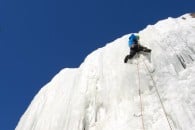

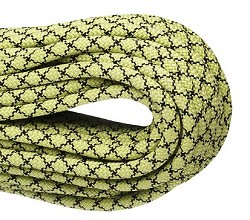
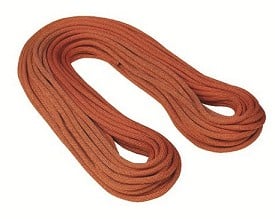

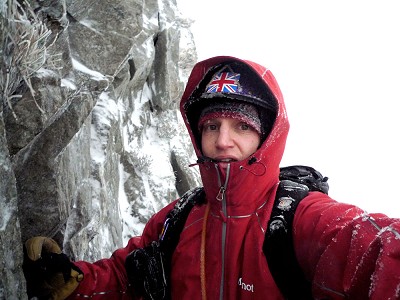
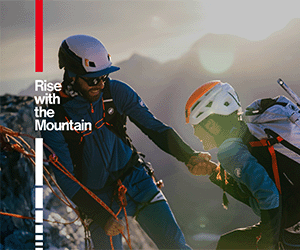
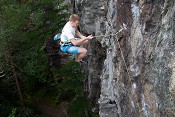


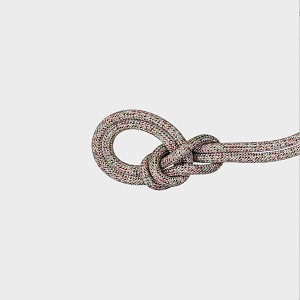
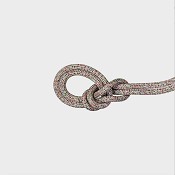
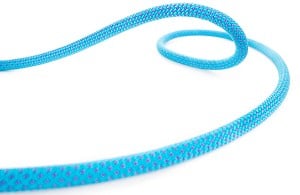
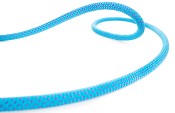
Comments